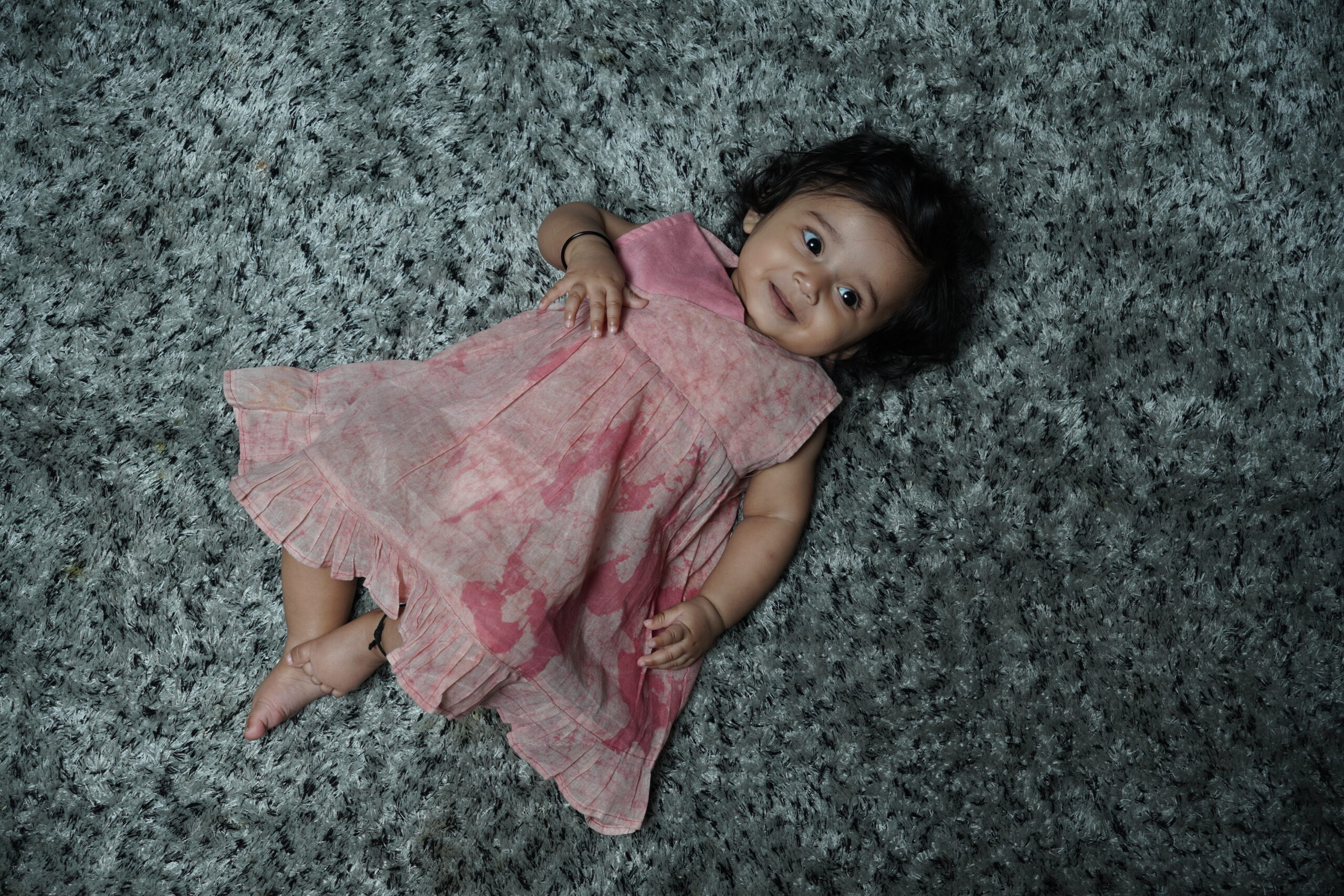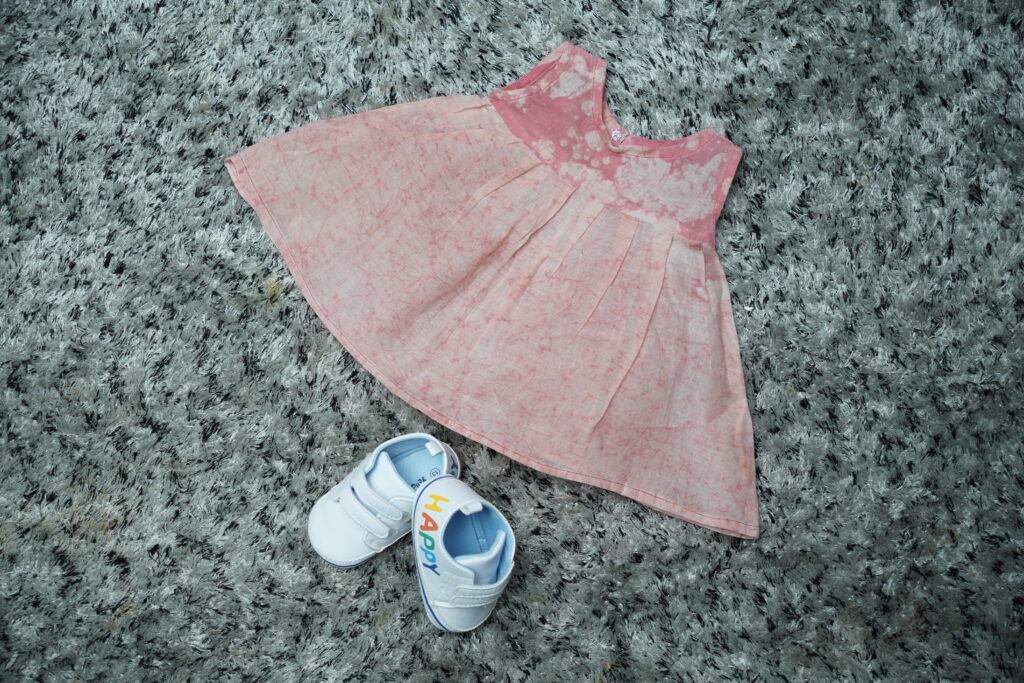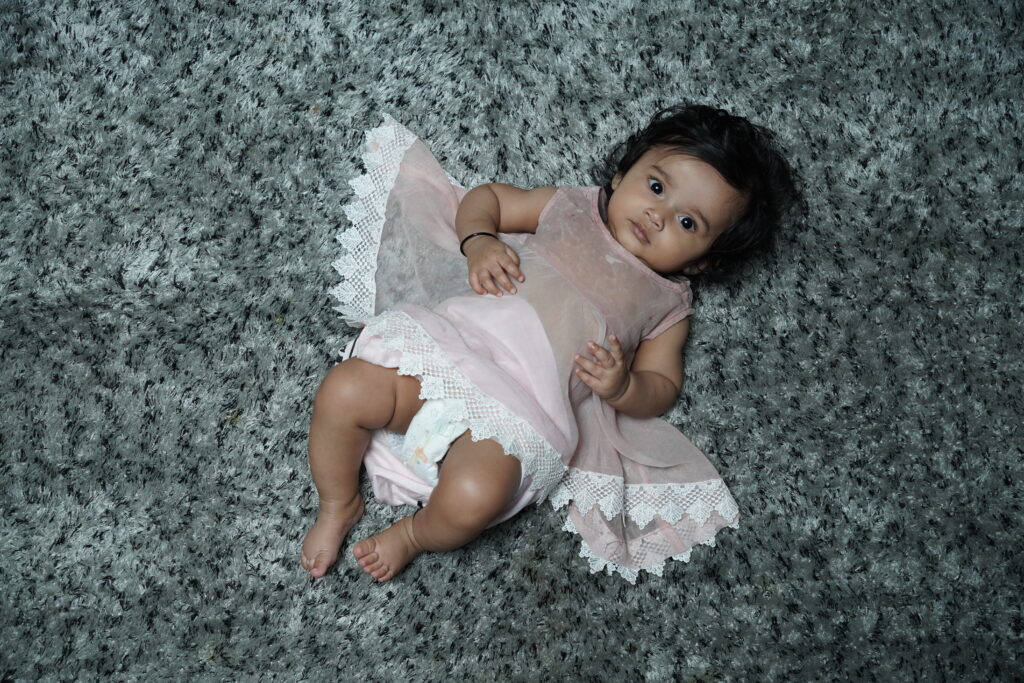
Young Hands towards sustainability
Emphasizing today’s need “Keyaa Rao” a student of LISAA school of Design in the final year B.Sc. Fashion and Apparel design has conducted research on the application of Natural dyes.
For ages, people have been using natural dyes as colorants to dye fabric. Natural dyes are dyes or colorants derived from plants, invertebrates, or minerals. These dyes are recyclable, biodegradable, and are easily composed in the soil after end use. Keeping these concepts in mind, beetroot, manjistha, and Annatto seeds are considered for the study. These elements when combined leave a brilliant color on the surface. It is also seen that these dyes have medicinal values as an added advantage.

Kid’s wear needs sensible conscious design. In the kid’s wear category, newborn or infant wear seeks more attention while designing as this category is more sensitive to chemicals. Natural dyes and infant wear clothing go hand in hand, as the need is emphasized. Keeping all these concepts in mind, an urge to design a kid’s wear category of clothing using natural dyes became the need for the study.
The aim of the study is the design and development of infant clothing with the application of natural dyes.
The methodology for this study was done in two phases. The first phase was the experimental phase wherein the application of natural dye derived from plant sources, like beetroot, annatto, and manjistha, on cotton and georgette fabric. The stage defines the need for the study and emphasizes the importance of eco-friendly textiles. The phase also includes the selection of proper surface ornamentation – batik on the garment, design development of frocks, finishing, and costing.
The second phase was the Product Acceptance Stage, where a survey was conducted using a questionnaire as a tool with a sample size of 30. The survey was conducted & all the respondents showed a positive response toward her concept.

This design though simple and the construction is easy, wearable, and comfortable for the Kid. The final garment was stitched in mul cotton preferred for its fine weave and softness on the baby’s skin. The use of batik as a value addition was highlighted in her garment and appreciated by all the respondents. With the lack of natural dye options in infant wear, these products would definitely be accepted in the market.
This shows that people are accepting & following sustainability & understand the value of nature in fashion.
If you care to learn further about how projects & workshops are structured at LISAA School of Design, please click below to get in touch with our team.